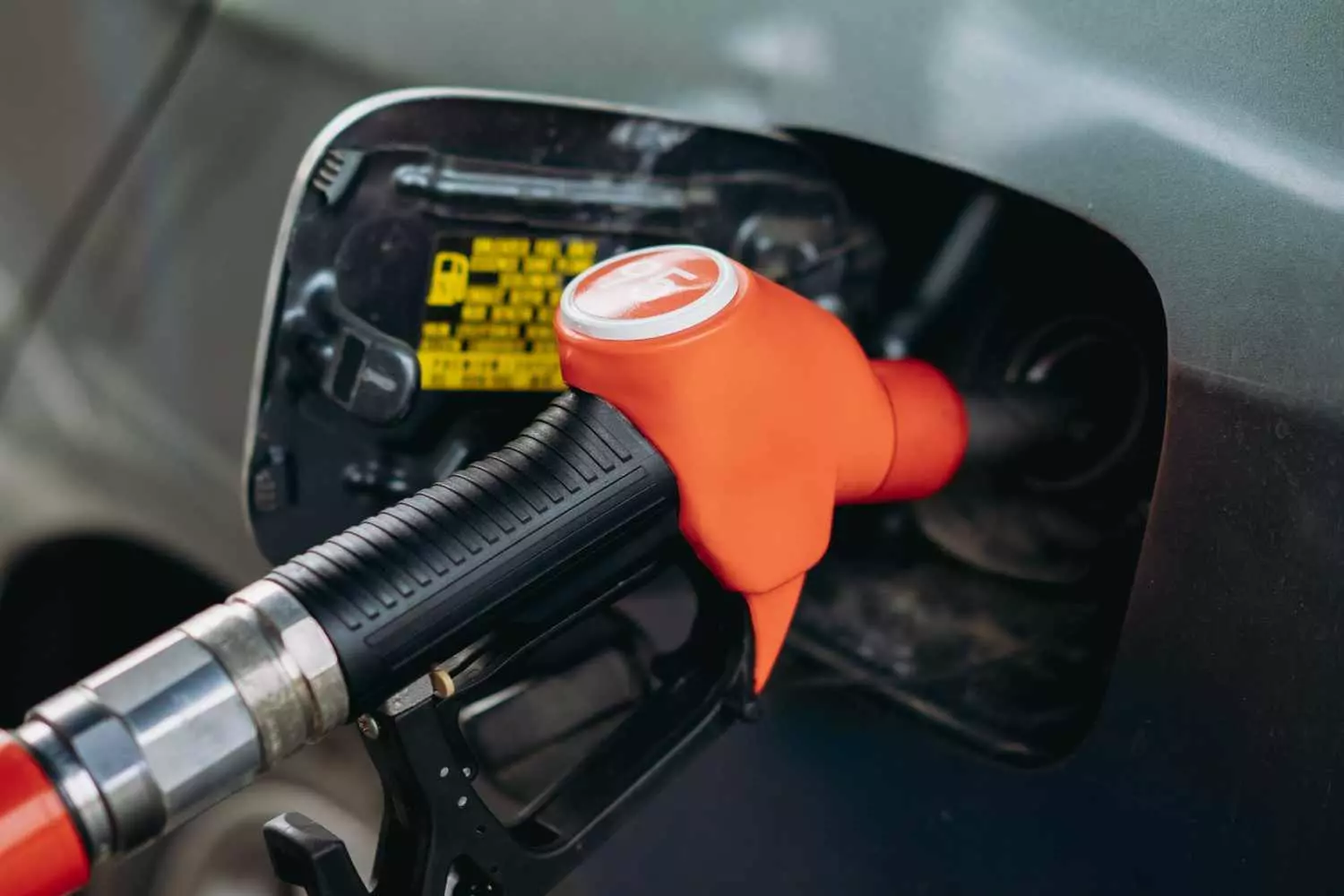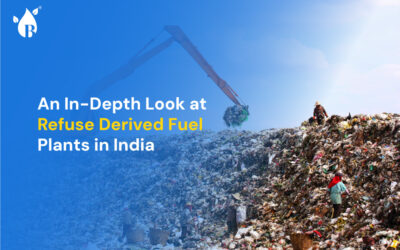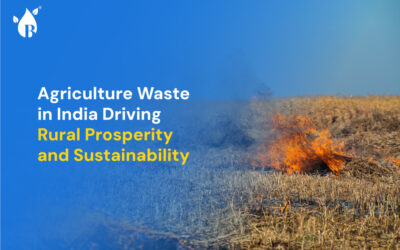
A couple of months later in September, “no diesel” boards went up in fuel pumps across Chennai.
Are these frequent dry runs a sign of an upcoming fuel crisis in India?
Let’s First Understand India’s fuel consumption patterns
After the USA and China, India is the 3rd largest energy consumer in the world. In 1989, we only imported around 37% of our fuel consumption. Consumption constantly increased over the decades and imports increased to 68% in 1999 and now we’re at 85% in 2022.
We’re not in a fuel crisis yet. But the consumption growth is worrisome. Union petroleum minister Hardeep Singh Puri said, “India’s petroleum consumption is currently about 5 million barrels per day, which is growing at 3%, higher than the average global growth rate of 1%”.
To meet this increasing demand, many newer companies drill for oil. But the number of dry wells over the last few years has increased immensely too.
Chart Link: https://infogram.com/chart-4-1h8j4xre0jlp4mv
At this rate of growth in consumption and drying up of oil wells, India’s import dependency is only going to get higher. And a fuel crisis is too near to dismiss.
Recently at Geo India 2022, Mr. Puri expressed the government’s plan to reduce dependency on fossil fuel through alternative energy sources. “The ethanol-blend % in petrol has increased from 0.67% in 2013 to 10% in May 2022, i.e., 5 months ahead of schedule”.
The fuel demand is definitely going to grow manifold in the upcoming years. And if we don’t prepare, a fuel crisis is evident. The smart way out is to rely on other alternative fuel sources like biofuels.
Biofuel—A smart way to defend from a fuel crisis
Biofuels have almost been around as long as cars have. Since the 1930’s and perhaps even earlier. The seemingly plentily available fossil fuel and cheap prices of crude oil attracted us to petrol and diesel. And that’s how biofuel was left in the backseat.
In recent decades, we’ve understood that fossil fuel is depleting and prices are going sky-high. So there’s no excuse now. A fuel crisis is inevitable. Paired with the latest technological developments, choosing biofuel over fossil fuel has gotten even easier.
At Buyofuel, we strive to make biofuels and green fuels the standard so we don’t have to worry about a fuel crisis when it does happen.
Some types of biofuel like biomass-based renewable hydrocarbon fuels are identical to petroleum-based fuels. They’re directly suitable for the engines and pumps we have today.
Similar to fuel made from crude oil, biodiesel can power our cars. Diesel engines can be started and operated for a number of hours with biodiesel fuel. We are yet to study the long-term impact of using pure biodiesel. At present, the most common use is a 20% biodiesel blend with 80% diesel.
The National Biofuel Coordination Committee (NBCC) studied the advancements in the biofuel industry. They’ve fast-tracked the target of 20% blend from 2025-26 to 2023. This is a sign that India is efficient with our biofuel potential.
On a whole, a fuel crisis is inevitable not just for India but for the world if we continue to wholly rely on fossil fuels. On the other hand, if the Ministry of New and Renewable Energy along with the Indian population work towards energy security (lesser dependence on oil imports through development and deployment of alternative fuels), we will be better prepared when the fuel crisis hits.




